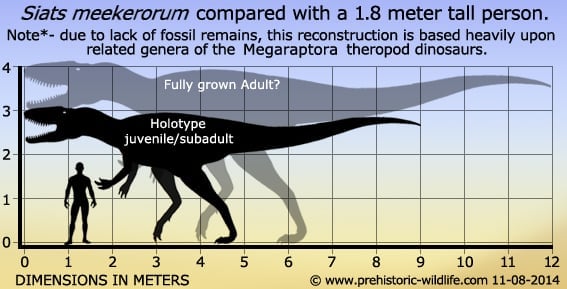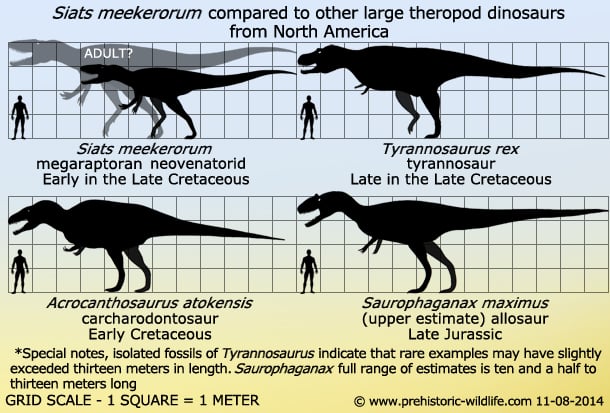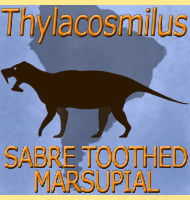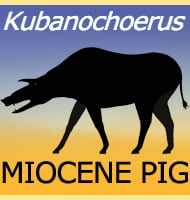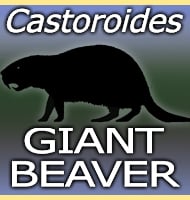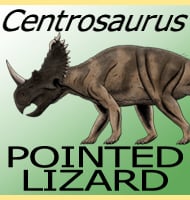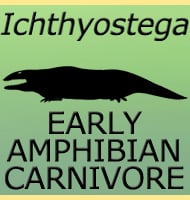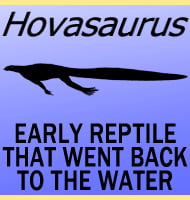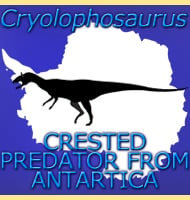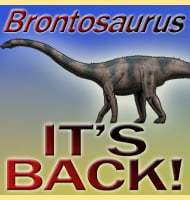In Depth
Although only known from the incomplete remains of a juvenile, the dinosaur Siats seems to have been one of the larger theropod dinosaurs from North America.
The partial remains of the holotype individual which mostly include elements of the hind quarters are estimated to have come from an individual dinosaur that was about nine meters long.
However, the neural arches of the vertebrae of this individual are unfused, which is clear evidence that this individual was not fully grown.
Although only speculation, the adult size of Siats is currently thought to have approached twelve meters, though the only way we can be certain about the true adult size is if a second and fully grown specimen is found.
With an estimated adult size around the twelve meters mark, Siats may well be one of the largest theropod dinosaurs to have lived in North America.
However, just as the name Siats is based upon a mythical creature in Ute legend, an almost mythical air about the size of Siats has already become established, with a common claim made about Siats is that it was the largest theropod dinosaur after the earlier Acrocanthosaurus and the later Tyrannosaurus.
This would be true for the Cretaceous as we currently understand it, but if you want to go back further into the Jurassic, then Saurophaganax, a theropod estimated between ten and a half and thirteen metres long may have also have been larger than Siats.
Siats has been identified as a member of the Megaraptora, a sub group of the Neovenatoridae. This is sister group to the Carcharodontosauridae, and both these groups sit under the Carcharodontosauria, which is why Siats is commonly referred to as a carcharodontosaur instead of a neoventaorid, though both terms are correct.
Siats has been interpreted as being a megaraptoran neovenatorid, meaning that it is more closely related to genera such as Australovenator from Australia, Fukuiraptor from Japan and Aerosteon and Megaraptor from South America.
When preserved, these genera are noted for having large claws on the ends of their fingers, and although corresponding fossils in Siats have not yet been found, it’s quite possible that Siats would have had enlarged claws on the fingers, going by familial association.
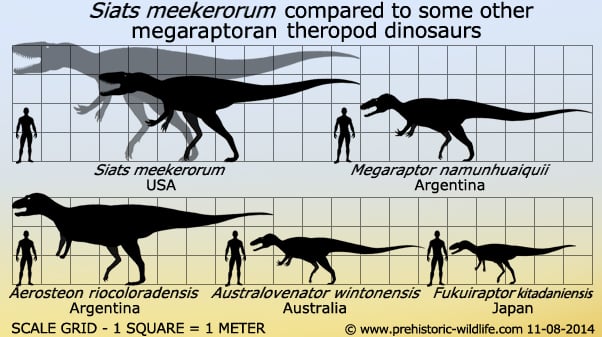
As a predator, Siats lived at a time in North America when the dominant herbivorous dinosaurs would have been hadrosauroids and nodosaurs.
However not long after Siats is known to have lived, there was a population explosion in horned ceratopsian dinosaurs and ankylosaurs, dinosaurs that were far tougher and bonier than what even a large theropod like Siats was adapted to handle.
The emergence of these new types of herbivores alongside the hadrosaurs may have been what allowed the tyrannosaurs, theropods ideally suited to tackling tougher prey animals, the opportunity to rise up and challenge older theropod forms like Siats for dominance.
While it may have been possible for a few older forms like and similar to Siats to exist as niche predators of less armoured prey like hadrosaurs, eventual competition with the big tyrannosaurs such as Bistahieversor, Albertosaurus and of course Tyrannosaurus may have eventually driven the older theropods to extinction in North America.
Only additional older form theropod remains from deposits later in the Cretaceous would prove that they managed to exist alongside the big tyrannosaurs.
Further Reading
- - Neovenatorid theropods are apex predators in the Late Cretaceous of North America. - Nature Communications 4. - L. E. Zanno & P. J. Makovicky - 2013.
